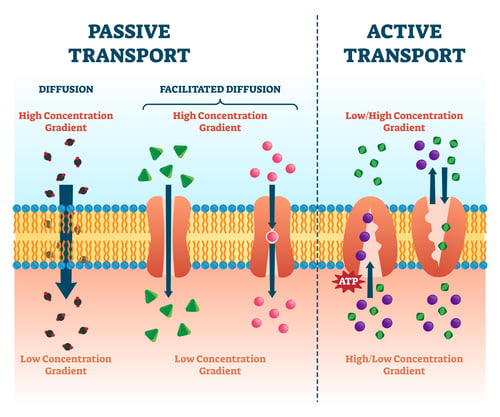Home / Nature & Environment / Biology & Biotechnology / The Basis of Life: Understanding Human Cells / Passive transport
This article is from the free online
The Basis of Life: Understanding Human Cells


Reach your personal and professional goals
Unlock access to hundreds of expert online courses and degrees from top universities and educators to gain accredited qualifications and professional CV-building certificates.
Join over 18 million learners to launch, switch or build upon your career, all at your own pace, across a wide range of topic areas.



 In osmosis, water particles move through a layer that only certain molecules can pass through (semi-permeable membrane) from an area of high water concentration to an area of lower water concentration.
In osmosis, water particles move through a layer that only certain molecules can pass through (semi-permeable membrane) from an area of high water concentration to an area of lower water concentration.






